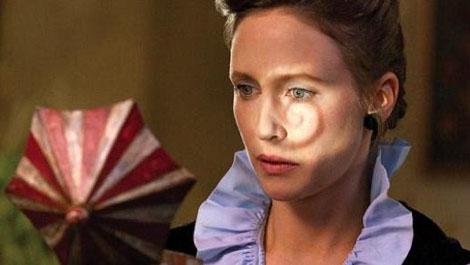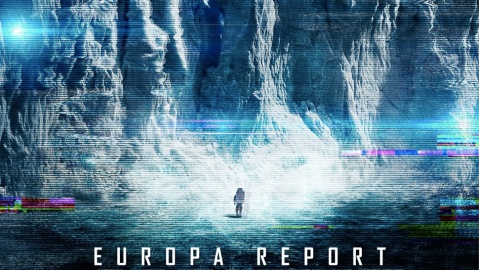May 16, 2016
W.B. Preston
“Power Failure”
High Rise is a labyrinth. Although adapted from a novel of the same name, it fits right in with director Ben Wheatley’s oeuvre. A methodical, blacksmith of a director. He doesn't so much as present a theme, as he breaks it apart and show you its guts. This story is ripe for that technique, and his skill set. I use the word story lightly, as this is not really about the story per se. It’s more an artistic representation of society and the many forms that civilization has assumed, and the singular form of its final form. Annihilation.
There is Kubrickian imagery littered throughout the film, accompanied by similar musical arrangements and allusions to the films of that master, but these are mere moments, and fleeting and irrelevant at the end of the day. This isn’t about paying homage, or lining up behind the greats of the past. This is an auteur stepping out onto new grounds, with the knowledge that the old ground is behind. Kubrick was supremely concerned with the narrative, and how that narrative could be best communicated and effectively delivered through imagery. Here, Wheatley is less concerned about the narrative and more concerned about whether or not the feeling of decadence and decay ripple through the mind of the audience. Can he make you feel?
Make no mistake, the cinematography is gorgeous, paintings drip from the screen in slow motion, as we follow these people up and down the building. The shadows don’t represent corruption, because the corrupt walk in the light. The shadows are for the meek and the frightened to hide and hope that the monsters do not find them. Society is the monster here. Not greed, or survival, or money, or ambition. Hell is other people, and this film exemplifies that to the fullest. What is motivating these characters is not any of those things, though on the surface it would appear so, even in their minds. No what motivates the monstrous acts these villains perpetrate is the fact that they are in proximity with one another, and have the capacity to do so. As the colorful palate cascades down the building, illuminating the faces and the indecent deeds enacted by these animals, it’s clear that at any point, any of these people may choose to leave. In that way, mirroring society, even as it beats on the weak and the poor, and fails to satiate the unending appetite of the rich and powerful, not many choose to leave the cesspool. We crave the comfort of demise. Perhaps we too could dance in the delirium of power. A dance we all make daily, but refuse to see.
There are no heroes here. Except the dogs and the children. Every adult is a villain. The only protagonist is the future where perhaps these kids can create a society that strays as far away from what their parents have created as possible. I was struck while I wondered who’s perspective is the camera from? It isn’t a protagonist. At times the audience is the perspective, not unlike a video game, but this is not the prevailing lens through which the film is told. It isn’t God watching these people, for surely this is a Godless place. We see one child, whom represents a kind of knowing innocents, he sees all the deeds of the adults, and silently judges them. But it is not from his perspective the film through which the film is told. No, upon final reflection the answer is quite obvious. A quasi Nietzschean philosophy pervades the film, where the supermen have glutted themselves to the point of self-destruction. What else is there to indulge in after you’ve devoured the world? Of course the perspective is from the overriding and overwhelming presence of no one.
No one is watching the madness, and it makes the proceedings all the more frightening. At one point a character asks, if a man can fall from the 39th floor without sirens or cops or an investigation, what is going on here? Nothing. As the madness unfolds and the building residents rip themselves apart, no one comes to stop them. No one comes to save the women and children. Towards the end the women must take control themselves, as the men have fallen from all reasonable bounds of sanity. Not even they can save this hellscape. All they can do is provide a barrier between themselves, the children and the vicious marauding packs of wild men that stalk the halls.
As we see where the main character lands after his downward spiral. We understand that this was not a descent into madness. He was insane the entire time. This upper middle class doctor was never stable, was never at ease. He’s just a man trying to deal with society, in any incarnation that may be. If it means eating dog, then so be it. The everyman that we are presented with, is a manic depressive, married, adulterer, and a murdering rapist. He is the representative of the middle class. In the end we are left with the image of a child, who has created a fantasy world of his own to no doubt block out the insanity swirling around him, with a quote from Madeleine Albright about capitalism being the only economic system. The future is in the hands of the children, as usual, but what will the children be taught, and what kind of clay will they use to mold that future? If it’s the clay left to them by their parents, they’ll have quite a bit of molding to do.




